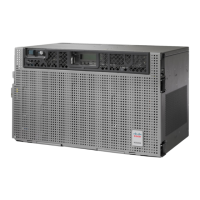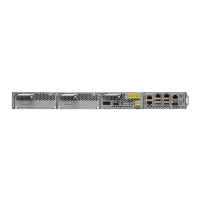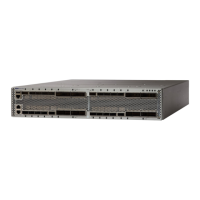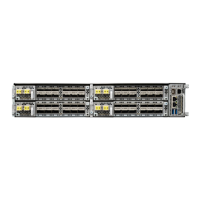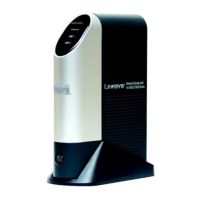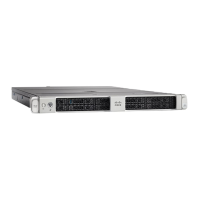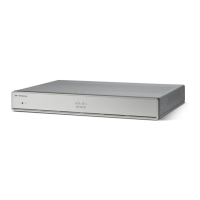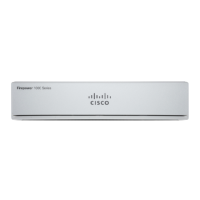Solution The clock is running at the frequency of the last known-good reference input. This alarm is raised
when the last reference input fails. See the HLDOVRSYNC , on page 226 for a detailed description.
Solution The NCS supports holdover timing per Telcordia GR-436 when provisioned for external (BITS)
timing.
Note
Free-Running Synchronization Mode
Problem The clock is running at a different frequency than normal and the FRNGSYNC , on page 207 appears.
Possible Cause No reliable reference input is available.
,
Solution The clock is using the internal oscillator as its only frequency reference. This occurs when no reliable,
prior timing reference is available. See the FRNGSYNC , on page 207 for a detailed description.
Daisy-Chained BITS Not Functioning
Problem You are unable to daisy chain the BITS sources.
Possible Cause Daisy-chained BITS sources are not supported on the NCS.
Solution Daisy-chained BITS sources cause additional wander buildup in the network and are therefore not
supported. Instead, use a timing signal generator to create multiple copies of the BITS clock and separately
link them to each NCS.
Blinking STAT LED after Installing a Card
Problem After installing a card, the STAT LED blinks continuously for more than 60 seconds.
Possible Cause The card cannot boot because it failed the Power On Shelf Test (POST) diagnostics.
The blinking STAT LED indicates that POST diagnostics are being performed. If the LED continues to blink
for more than 60 seconds, the card has failed the POST diagnostics test and has failed to boot. If the card has
truly failed, an Alarm Troubleshooting, on page 99 is raised against the slot number with an Equipment
Failure description. Check the alarm tab for this alarm to appear for the slot where the card was installed. To
attempt recovery, remove and reinstall the card and observe the card boot process. If the card fails to boot,
replace the card. Complete the Alarm Troubleshooting, on page 99.
Solution
Solution High-performance devices on this card can get hot during operation. To remove the card, hold
it by the faceplate and bottom edge. Allow the card to cool before touching any other part of it or before
placing it in an antistatic bag. Statement 201
Warning
Cisco NCS 2000 series Troubleshooting Guide, Release 11.0
58
General Troubleshooting
Free-Running Synchronization Mode
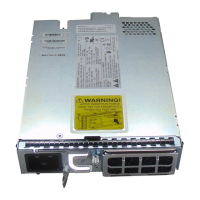
